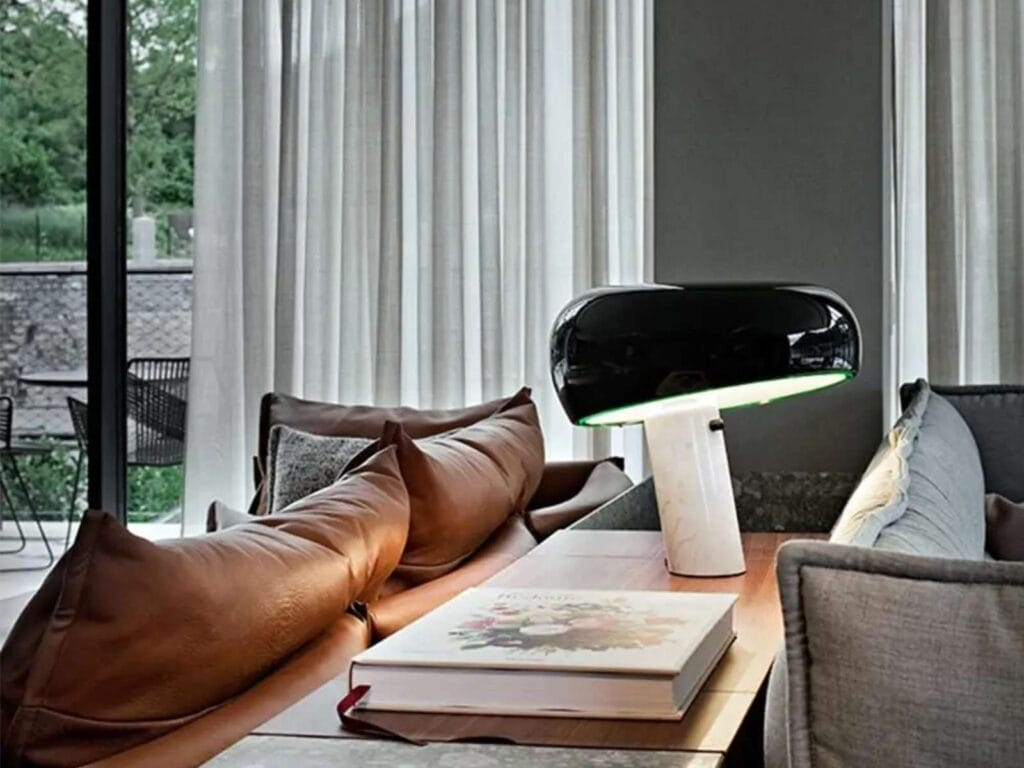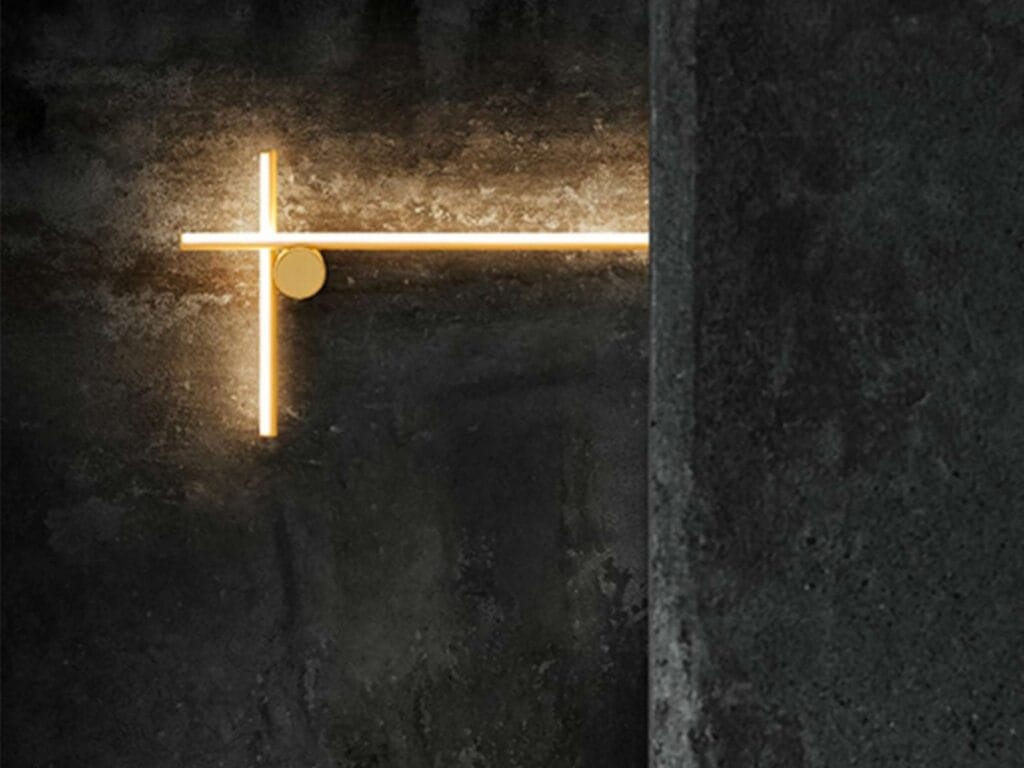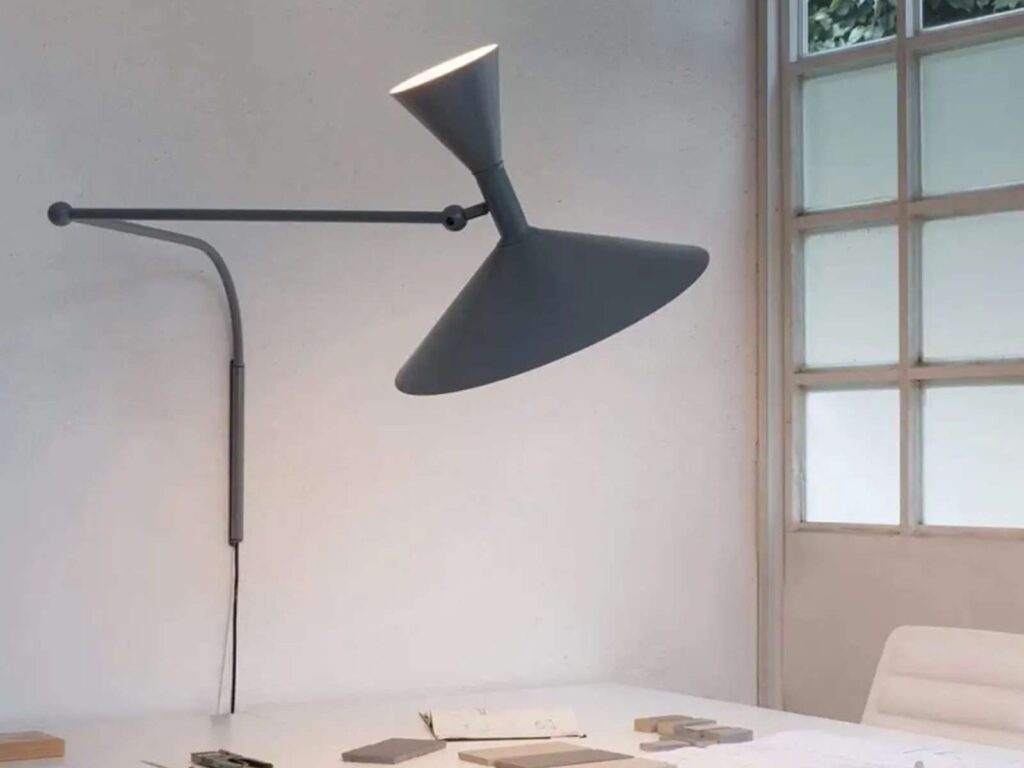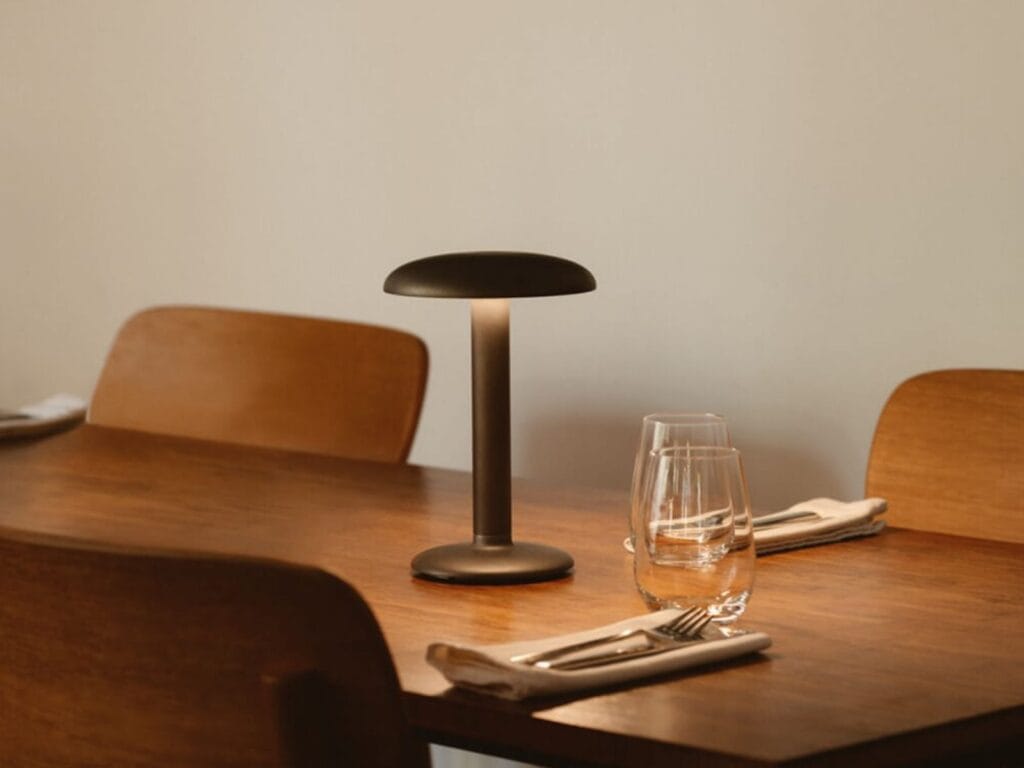Buying a lamp online may seem like a quick and easy task, but it hides not insignificant pitfalls. A LightingEurope survey revealed that 71 percent of lighting products sold online in Europe do not comply with regulations, raising concerns related to the safety, sustainability and quality of products purchased by consumers. This phenomenon particularly affects lamps imported from countries outside Europe, which are often sold without the necessary certifications, jeopardizing the safety of buyers and undermining the competitiveness of companies that comply with European rules.
When it comes to lighting fixtures, the regulations in force in the European Union are not mere formalities, but standards designed to ensure the safety of electrical installations, the reduction of environmental impact and the protection of consumer health. Ignoring these aspects can have significant consequences, both in terms of damage to installations and possible health risks.
The consequences of buying non-compliant lamps
The purchase of noncompliant lamps involves several types of risk. One of the main ones is related to electrical safety. Lamps without certifications may not meet the minimum requirements necessary to ensure the safety of the product, which could lead to electrical overloads, short circuits, or, in the most serious cases, house fires. Certifications, such as the CE mark, not only ensure the safety of users, but also certify that the product has been tested and approved according to European standards.

In addition, non-compliant lamps may have a shorter lifespan than certified products. The use of low-quality materials or the lack of proper testing of electrical components can result in a greater likelihood of failure or malfunction. Often, noncompliant products are manufactured without meeting the design requirements of ecodesign regulations, which aim to ensure energy efficiency and product longevity.
Another crucial aspect is related to environmental sustainability. Many of the noncompliant products do not comply with regulations regarding the disposal of electronic waste, such as the Waste Electrical and Electronic Equipment (WEEE) directives, which regulate the treatment of waste electrical and electronic equipment. The purchase of non-compliant lamps thus contributes to a greater environmental impact, increasing the amount of waste that is not disposed of properly.
How to shop safely: what to check before and after purchase
To avoid falling into these pitfalls, it is essential to follow certain precautions both before and after buying a lamp online.
First of all, it is essential to buy from official or authorized retailers, especially when it comes to designer lamps. Authorized retailers ensure that the products they sell meet European standards for safety, quality and sustainability. This is especially important in the context of the design market, where counterfeiting is a frequent problem. A lamp seemingly resembling an iconic design model may, in fact, be a low-quality counterfeit lacking the necessary certifications.
A second key step is to check for safety certifications, such as the CE mark, which certifies that the product complies with European Union directives. CE certification covers many aspects, including electrical safety, electromagnetic compatibility and environmental protection. Some products, especially those sold by non-European retailers, may appear cost-effective, but if lacking these certifications, they could pose significant risks.

Another aspect that should not be underestimated is the originality of the product, especially in the case of designer lamps. Counterfeits not only violate intellectual property rights, but may also lack the quality standards that make original design products durable and safe. It is useful, therefore, to check that the product is sold by authorized dealers and has the proper documentation, including certifications and user manuals.
After purchase, it is equally important to check the documentation attached to the product, verifying that the certifications are present and that the lamp is compatible with the electrical system in your home. In fact, a common mistake is to purchase products that, while compliant, are not suitable for existing electrical systems, requiring modifications to the system itself.
Compatibility with the electrical system: something not to be overlooked
Another key step in making sure that a lamp purchased online is safe is to check its compatibility with the electrical system in your home. Some lamps, especially those imported from outside Europe, may not conform to local electrical standards and require specific adaptations or transformers. This is especially true for products purchased from retailers operating outside Europe, where regulations may be different.
In addition, checking that the lamp has a power regulation system (such as a dimmer) can make a big difference to the safety and energy efficiency of the product. Many modern lamps have built-in dimmers or can be compatible with fixtures already equipped with dimmers: this allows for better management of energy consumption and prolongs the life of the product, as well as improving the quality of the lighting itself.
Another important item to check is the voltage of the system. Some imported lamps may require specific adapters or may not be compatible with the standard European electrical system, which operates at 230V. Before purchasing, it is essential to read the technical specifications of the lamp carefully and, if in doubt, ask the retailer or consult an electrician to be sure that the product is safe to use.

Why choosing compliant products promotes sustainability and competitiveness
In addition to protecting one’s safety, buying lamps that comply with European standards is a choice that promotes the sustainability and competitiveness of Italian and European companies. Compliant companies invest in research and development to ensure that their products are safe and compliant, which often results in higher costs. However, these costs are reflected in higher quality products that last longer and perform better.
Non-compliant lamps, which are often cheaply manufactured, not only violate regulations but also undermine the European Union’s efforts to reduce environmental impact. Buying certified products, such as those with the WEEE mark, means supporting an e-waste management system that aims to minimize environmental damage. It also helps create a fair market, where companies that comply are not penalized by unfair competition from those who try to circumvent them.
Choosing compliant and certified lamps is a small step every consumer can take to support a more ethical and sustainable economy, without sacrificing quality and safety.




